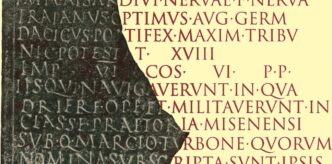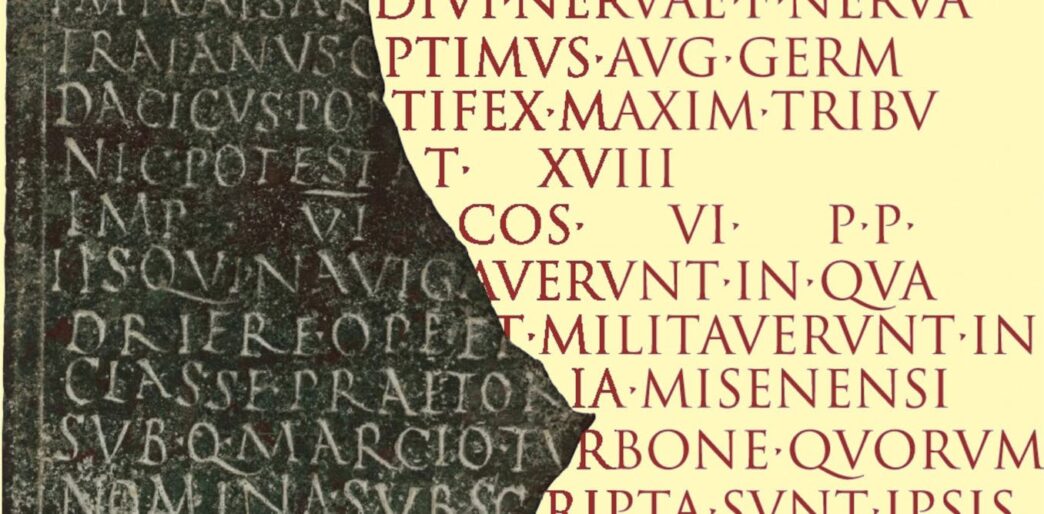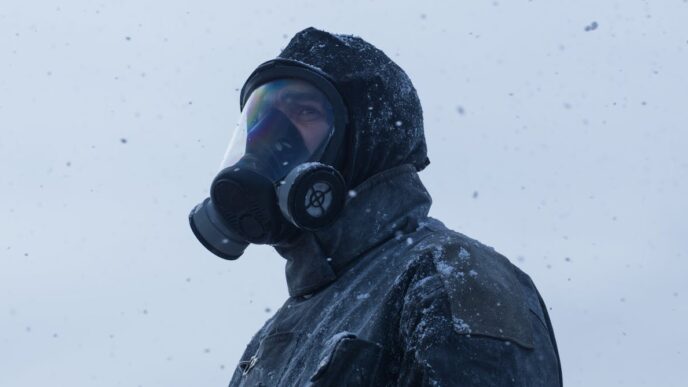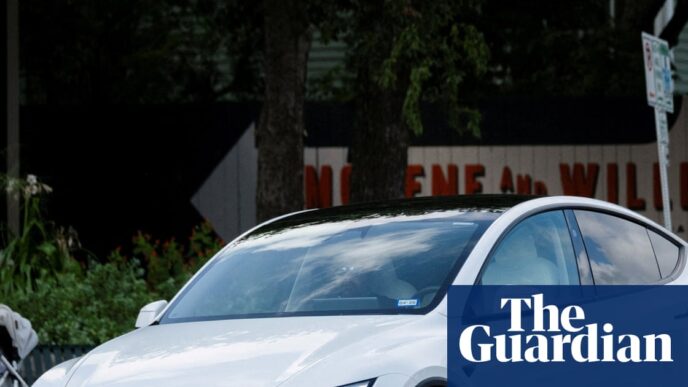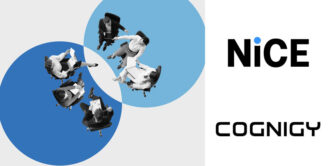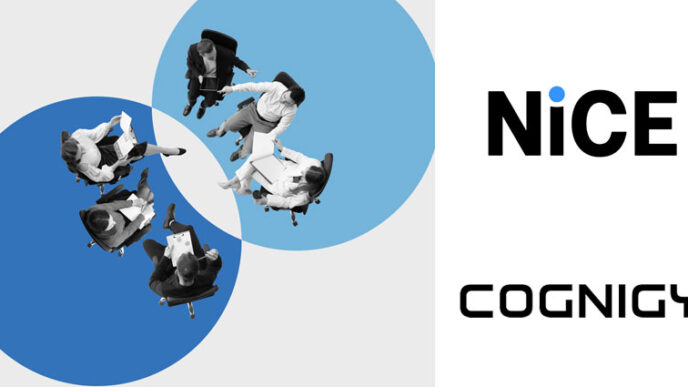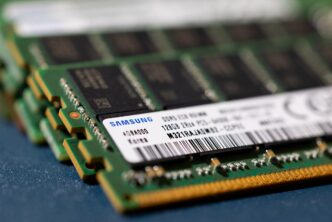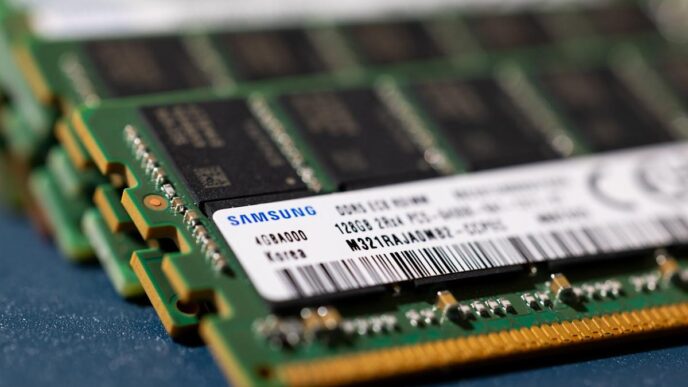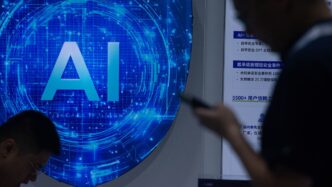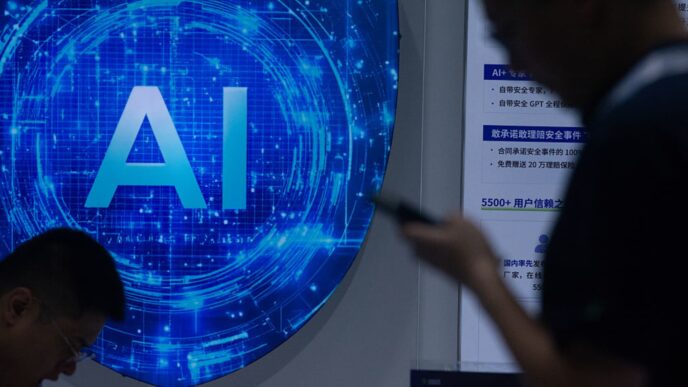Google DeepMind launched Aeneas, a new AI tool to help historians decode ancient Latin inscriptions.
Aeneas uses a generative neural network to analyze texts from the 7th century BCE to the 8th century CE. It finds textual and visual parallels and can suggest possible completions for fragmentary inscriptions.
The tool was tested by 23 experts ranging from students to professors. In 90% of cases, they found Aeneas’ parallels useful for further research. Confidence in tasks like dating inscriptions improved by 44%.
Historians working with Aeneas outperformed solo humans and AI in restoring partial texts and locating origins. It dates inscriptions with an average 13-year margin from known dates.
Performance varies by region and period, with better results where data is denser and more accurately dated. The system highlights overlooked patterns and helps avoid narrow or irrelevant search results.
Aeneas speeds up initial analysis, sifting through vast evidence to find overlooked parallels. It can also guess missing inscription parts, but the team warns this speculative text should be taken cautiously.
The developers stress Aeneas doesn’t replace actual research. It offers “useful research starting points,” but experts must verify data against original sources.
The tool broadens how epigraphers work. It dramatically expands searchable parallels and speeds retrieval. This lets scholars explore beyond narrow region or period specialties.
Google DeepMind’s Aeneas marks a big jump in AI-assisted history, speeding up how scholars connect the dots on ancient texts.
Researchers behind Aeneas described its capabilities in Nature and on the DeepMind blog.
Aeneas lead researcher said:
“Aeneas was designed to retrieve textual and contextual parallels, make use of visual details, and generate speculative text to fill gaps in inscriptions.”
“The system improves confidence in interpreting fragmentary inscriptions and broadens the scope of potential parallels.”
“It is a tool for research starting points rather than final conclusions.”
